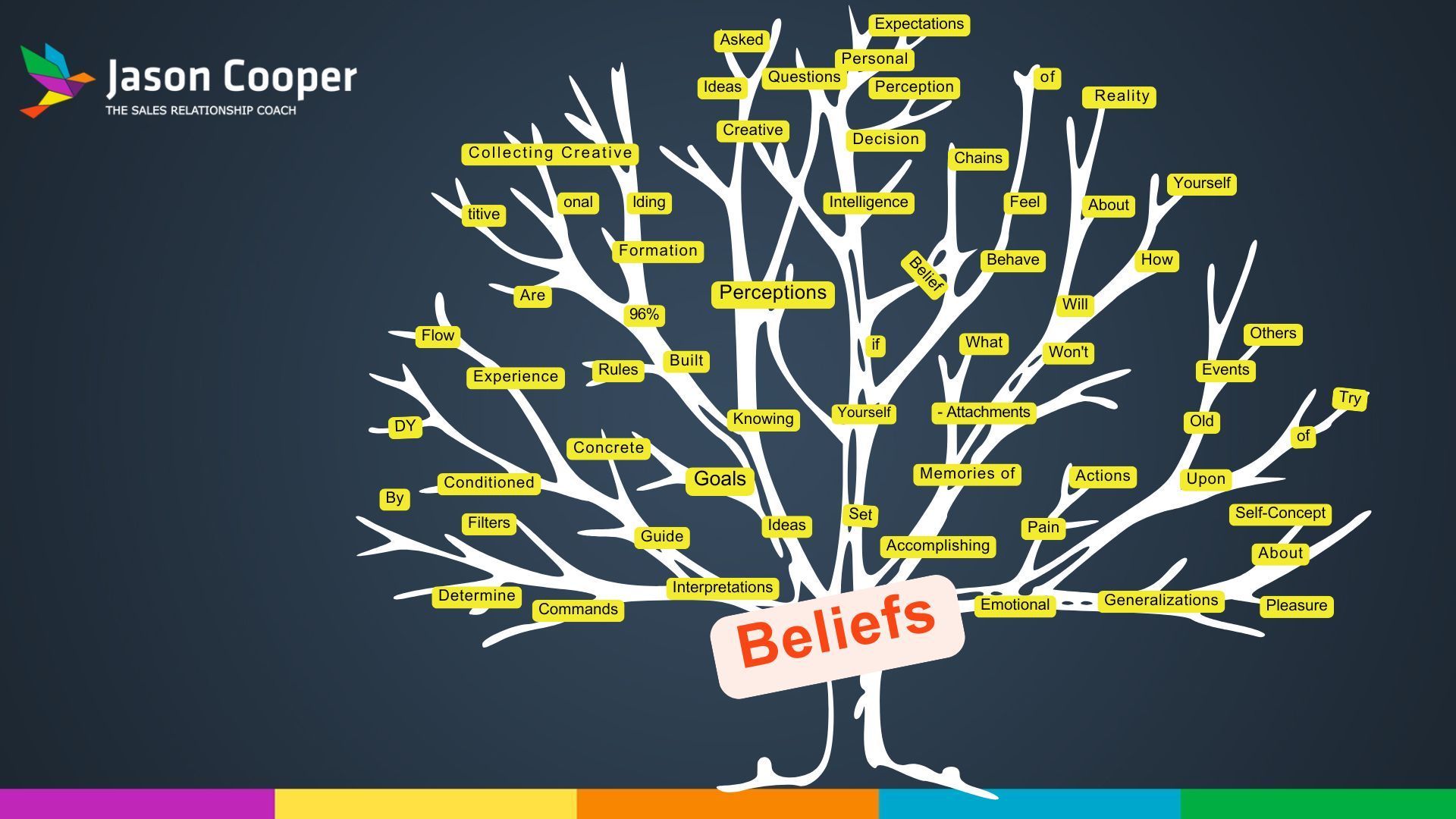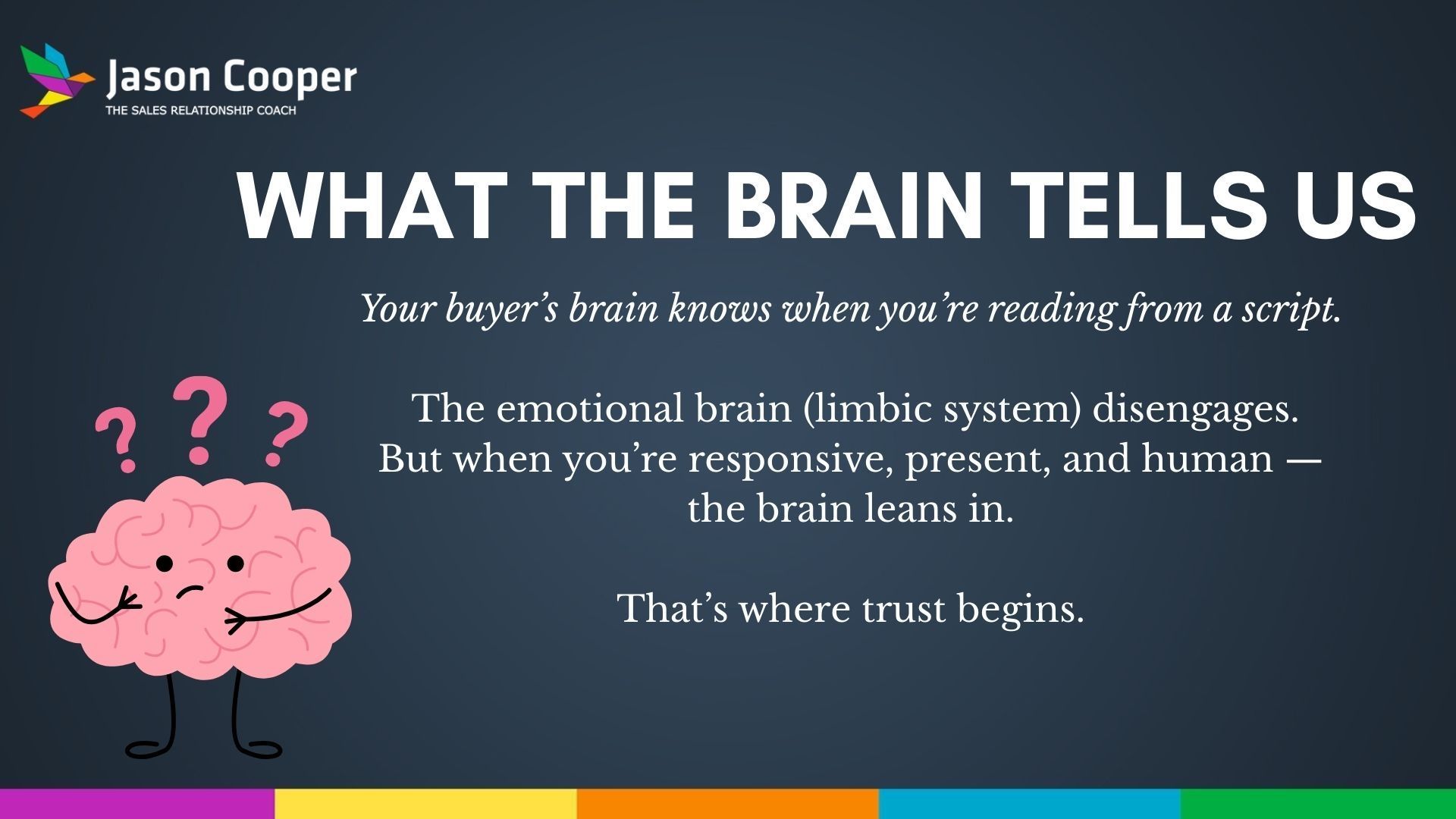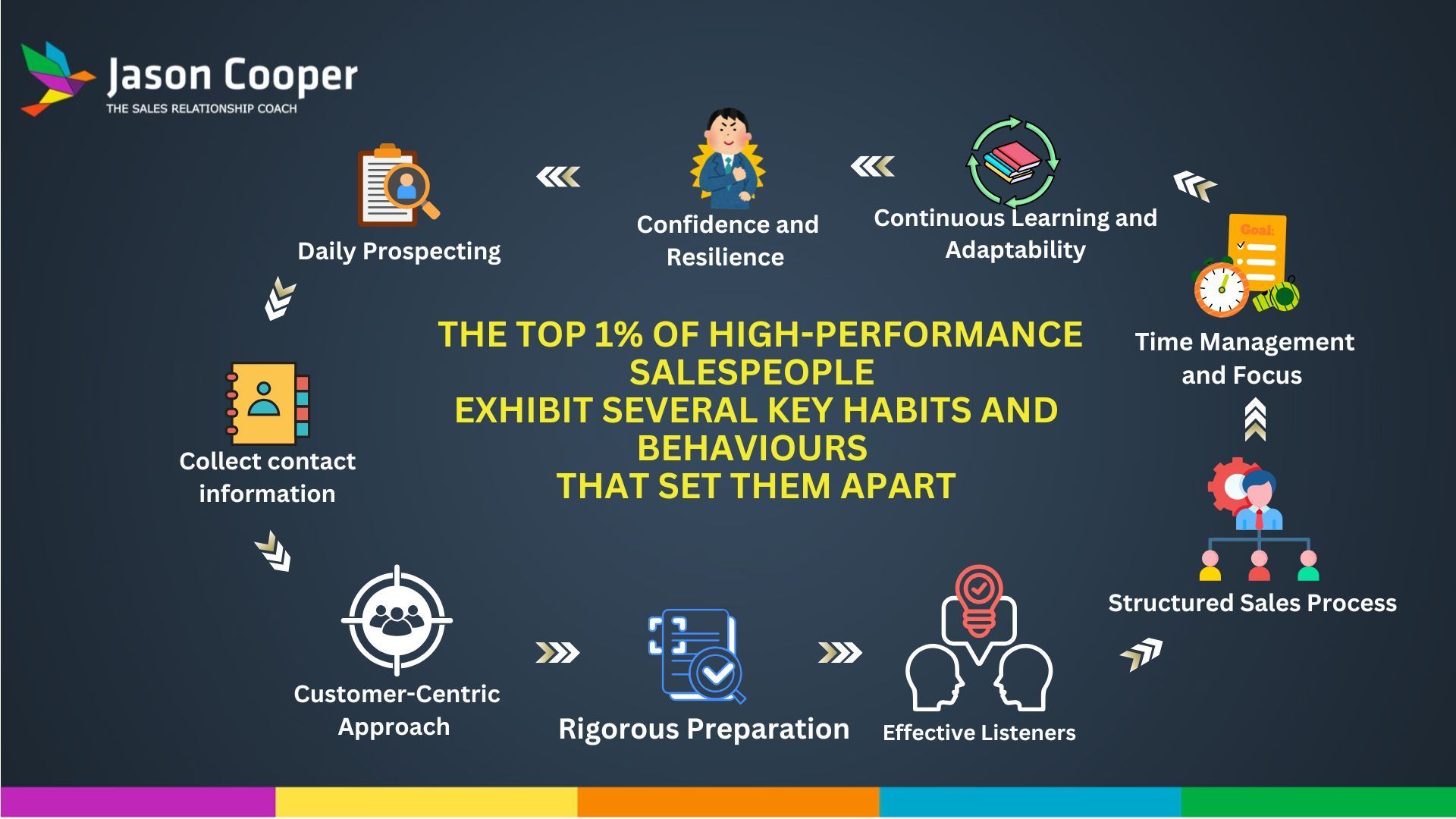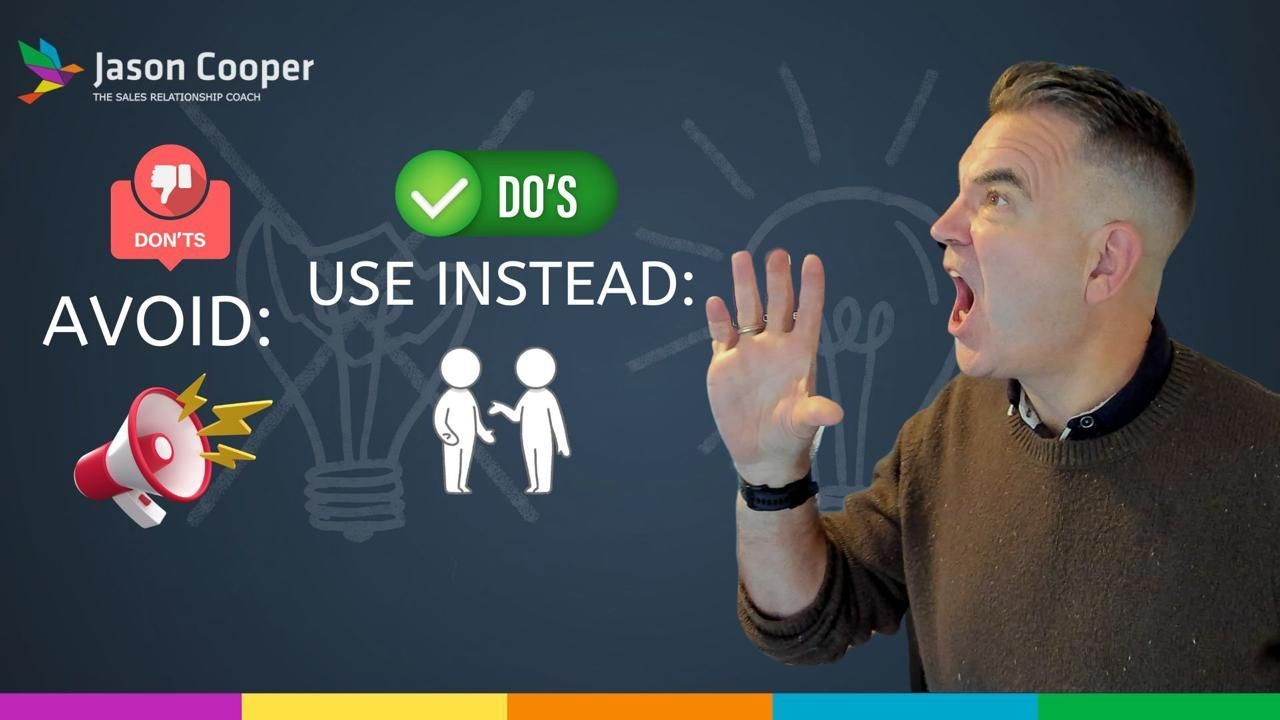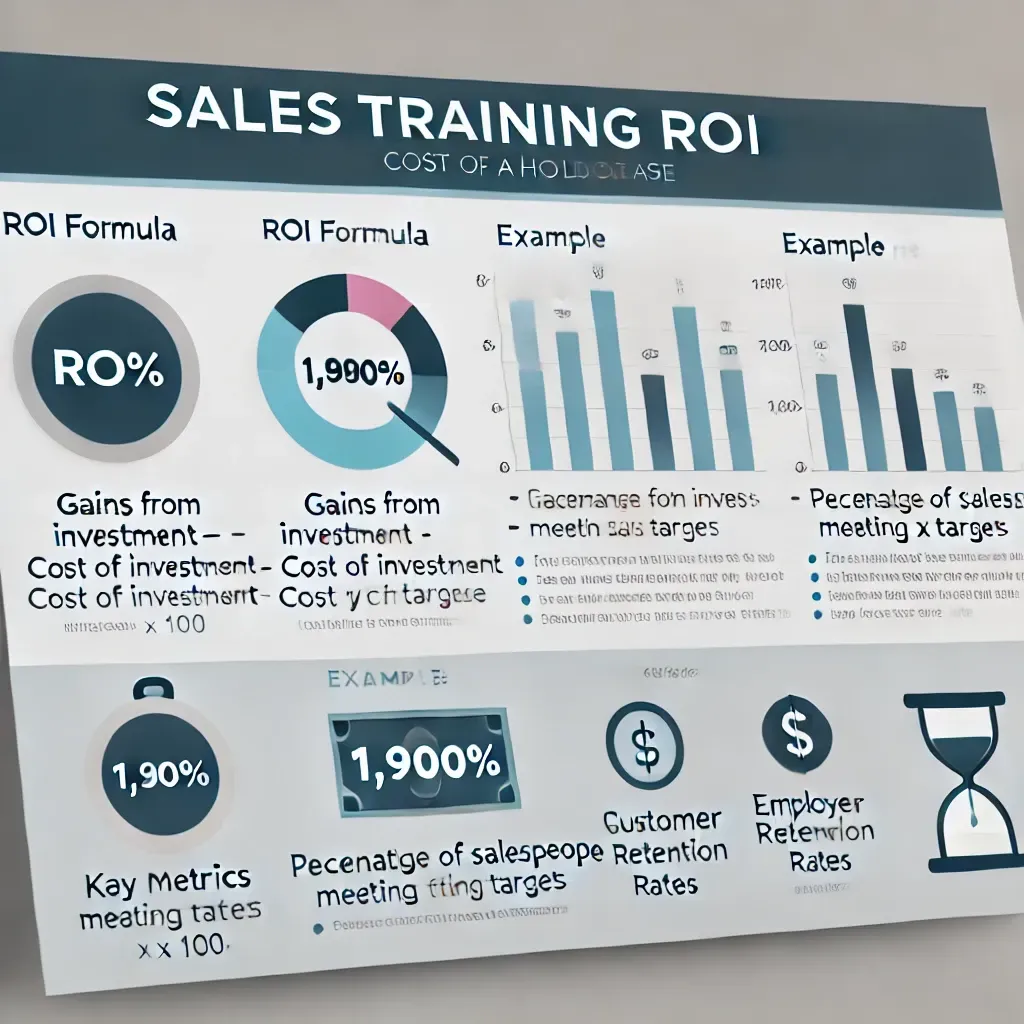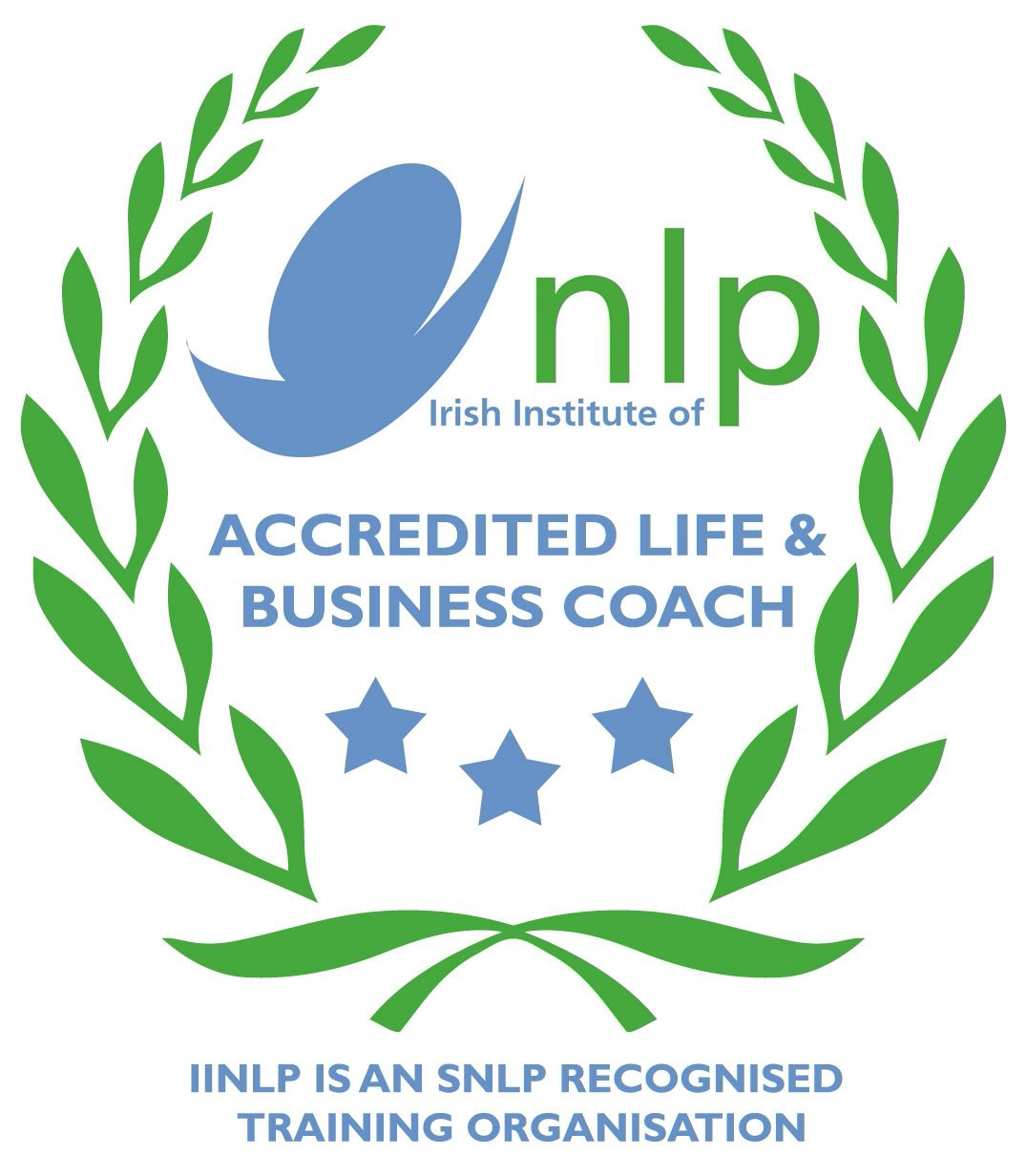Brain-Based Communication in Sales: Building Trusted Relationships with Clients
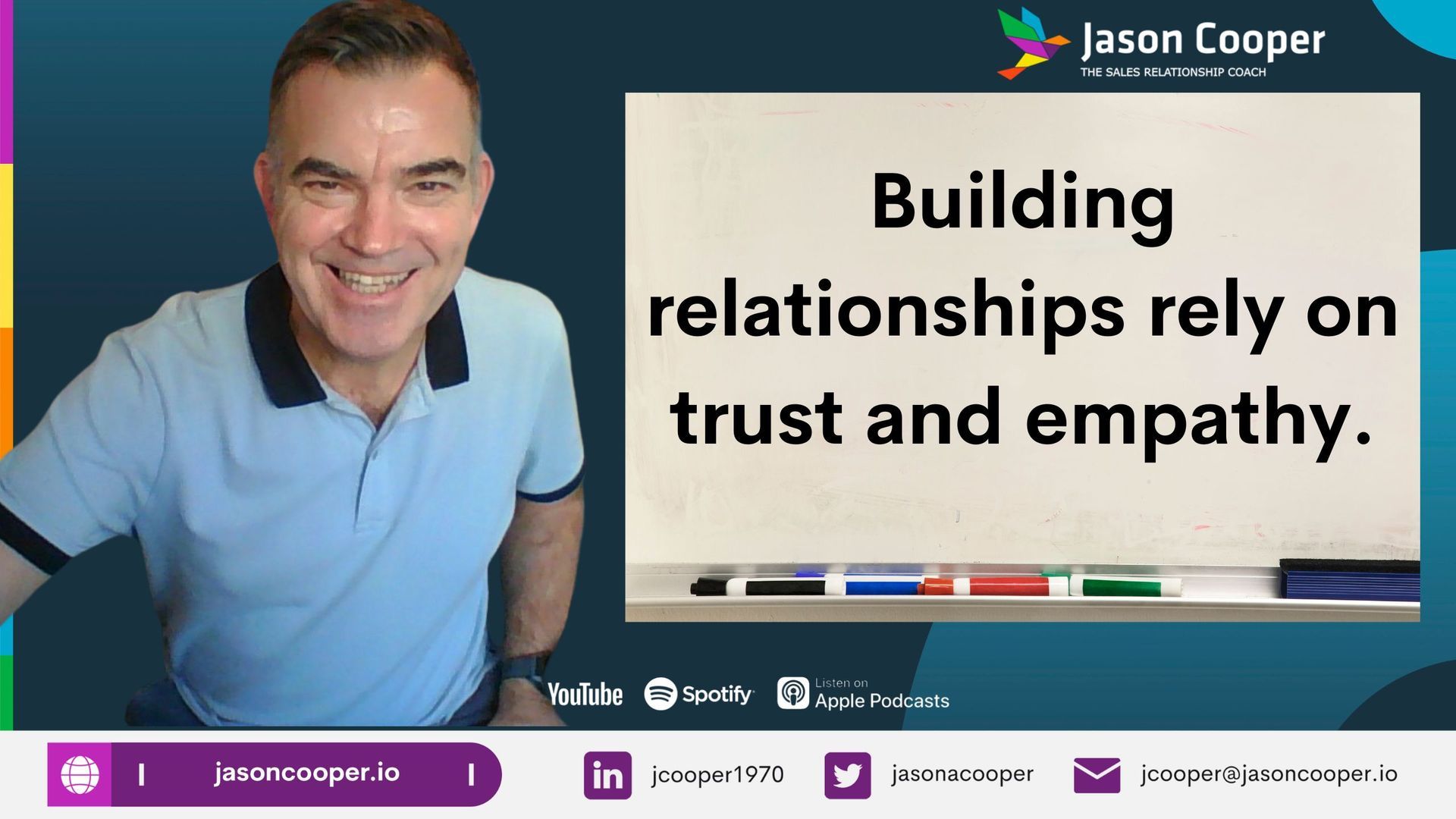
Brain-Based Communication in Sales
Building Trusted Relationships with Clients.
How our brains process information, interpret meaning, and form emotional connections plays a pivotal role in sales interactions. Effective communication in a sales environment isn't just about delivering a pitch—it's about engaging the prospect's brain to foster trust, encourage memory retention, and nurture a relationship. Understanding the neuroscience of communication can help sales professionals craft messages that resonate deeply and inspire action.
How Our Brains Communicate in Sales
1. The Brain's Structure and Communication in Sales
Our brains process communication through several key areas:
- Frontal Lobes: These are responsible for decision-making, planning, problem-solving, and Attention. Salespeople must engage these by presenting structured, logical information that supports rational decision-making.
- Amygdala: The brain's emotional centre. It processes emotions and can override rational thinking, especially when a prospect feels pressured or uncertain.
- Hippocampus: Handles memory retention. Effective sales communication should create intense, memorable experiences through storytelling and emotional engagement.
Strategies for Effective Communication in Sales
1. Making Meaning in Sales Conversations
Individuals process information differently based on past experiences, personal biases, and cognitive associations. This means how we frame our message significantly impacts how it is received.
Actionable Sales Strategy:
- Use analogies and relatable stories to align your messaging with the prospect's mental models.
- Ask questions to understand their challenges and tailor your response accordingly.
2. Capturing and Holding Attention
The brain is wired to filter information, meaning a sales pitch must be engaging and relevant. If a message lacks novelty or emotional significance, the brain discards it.
Actionable Sales Strategy:
- Use the "Cocktail Party Effect"—personalise your conversation with the client's name, industry-specific insights, and tailored solutions.
- Borrow tactics from storytelling and marketing—pose intriguing questions, use suspense, and create a narrative that connects logically and emotionally.
3. The Power of Emotion in Building Trust
Emotions play a crucial role in decision-making. The amygdala processes emotional experiences, which makes emotionally charged conversations more memorable.
Actionable Sales Strategy:
- Storytelling: Share case studies that highlight emotional highs and lows.
- Mirror Emotional States: Use positive reinforcement, such as enthusiasm and confidence, to create an emotionally safe and engaging space for the prospect.
- Acknowledge Pain Points: Empathise with the prospect's challenges before presenting your solution.
4. Creating a Safe Environment for Communication
The brain operates in either anxious mode or curious mode. If prospects feel uncertain, pressured, or defensive, their rational processing shuts down.
Actionable Sales Strategy:
- Reduce Pressure: Avoid aggressive closing techniques that trigger an anxious response.
- Encourage Curiosity: Frame your pitch as an exploration rather than a hard sell. Ask open-ended questions to engage their problem-solving faculties.
- Use Reassuring Language: Words like "explore," "consider," and "let's look at options" keep the brain in a state of openness rather than defensiveness.
5. Using Memory to Strengthen Client Relationships
Since memory plays a key role in communication, making your message stick is vital. Repetition, association, and emotional impact all enhance recall.
Actionable Sales Strategy:
- Use Mnemonics: Frame key takeaways in a structured, easy-to-remember format (e.g., "The 3 Pillars of Success").
- Space Out Key Messages: Follow up with personalised emails or messages reinforcing key points from previous conversations.
- Create a Connection to the Future: Help clients visualise the future impact of your solution by prompting prospective memories (e.g., "Imagine how much easier your process will be in six months when this is in place").
Fostering Trust Through Brain-Based Communication
1. Eliminate Jargon and Make Your Message Clear
Using complex terminology can alienate clients and create resistance. People trust simple, clear messages that are directly relevant to their experiences.
Actionable Sales Strategy:
- Replace vague phrases with concrete language (e.g., instead of "let's move the needle," say "we aim to increase your sales conversions by 15%").
- Avoid over-explaining—keep explanations concise and to the point.
2. Build a Sense of Community
People are more receptive when they feel they belong to a group. The brain processes social connection as a fundamental need.
Actionable Sales Strategy:
- Frame your company or service as a community partner rather than just a provider.
- Use words that reinforce collaboration (e.g., "we're in this together," "our shared goals").
- Encourage testimonials and peer validation, as social proof strengthens trust.
3. Overcome Resistance with Cognitive Reframing
Cognitive entrenchment makes it difficult for people to change their existing beliefs. If a client is resistant, pushing harder only makes them more defensive.
Actionable Sales Strategy:
- Reframe objections as opportunities to learn together (e.g., "That's a great perspective. Can I share a different approach?").
- Use social proof to show that others in similar positions have successfully made the change.
- Guide them through small commitments first, which makes more significant decisions easier over time.
Final Thoughts: Aligning Sales Communication with the Brain's Natural Processes
To communicate effectively in sales and build trusted relationships, sales professionals must align their approach with how the human brain processes information. We can create conversations that are heard, truly understood, and remembered by fostering a safe, engaging, and emotionally resonant environment.
By implementing these brain-based communication techniques, you can:
✅ Increase engagement and Attention from prospects.
✅ Build deeper emotional connections and trust.
✅ Improve retention of key messages.
✅ Overcome objections with neuroscience-backed strategies.
High Performance Blog



